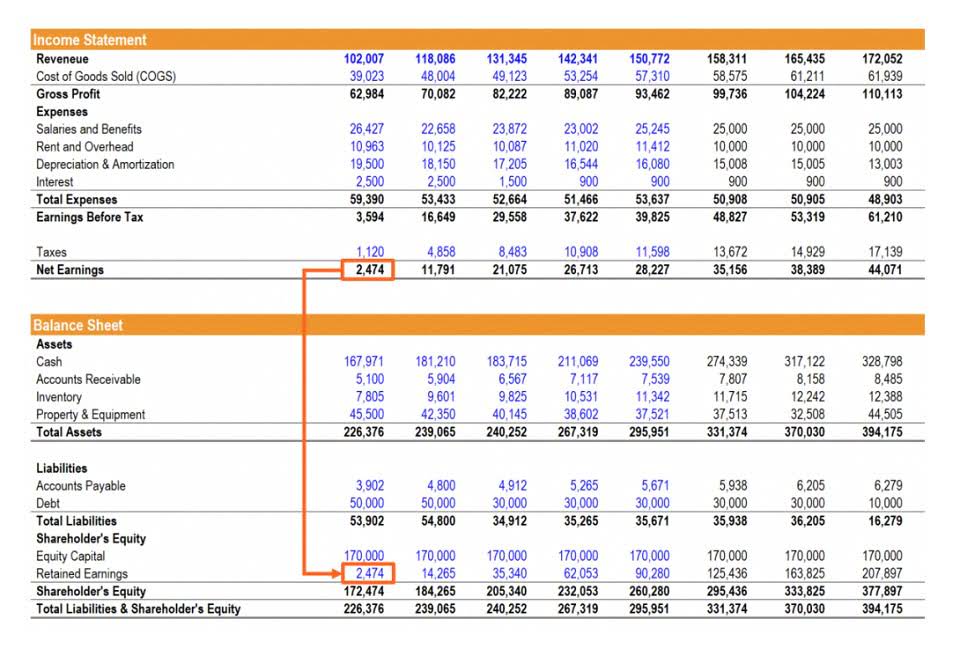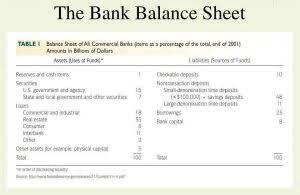Your Guide to Managerial Accounting: Types, Careers, and More

Managerial accountants can use constraint analysis to reduce operational inefficiencies by leveraging historical data to streamline processes. One of the most important ways businesses use management accounting is for margin analysis. Other managerial reports that are vital to every business include order information reports, project reports, competitor analysis and many other similar reports. The goal is to use the budget to help make short-term operational decisions that will help increase the company’s operational efficiency. Management accounting is specific to strategic decision-making based on company finances.
- Marginal Costing is another type of managerial accounting that deals with the cost of goods.
- Our primary goal as a trusted advisor is to be available and to provide insightful advice to enable our clients to make informed financial decisions.
- Outstanding invoices are tightly followed while debtors and repayment issues are easily identified.
- According to Glassdoor, the estimated total pay for management accountants in the US is $111,514 per year.
- The pillars of managerial accounting are planning, decision-making, and controlling.
Resources for Your Growing Business
- Managerial accounting involves examining proposals, deciding if the products or services are needed, and finding the appropriate way to finance the purchase.
- As a managerial accountant, you’ll analyze an organization’s internal financial processes to help company leaders make strategic decisions and plans.
- The possible bottlenecks that may occur and their impact on the overall cash flow, revenue, and profit are determined by managerial accountants.
- The job of a managerial accountant is to provide key insights that help a company’s management team make many of its business decisions.
- GPK is published in cost accounting textbooks, notably Flexible Plankostenrechnung und Deckungsbeitragsrechnung[19] and taught at German-speaking universities.
Managers then can use this information to implement changes and improve efficiencies in the production or sales process. Because managerial accounting is not for external users, it can be modified to meet the needs of its intended users. For example, managers in the production department may want to see their financial information displayed as a percentage of units produced in the period. The HR department manager may be interested in seeing a graph of salaries by employee over a period of time. Managerial accounting is able to meet the needs of both departments by offering information in whatever format is most beneficial to that specific need. After establishing goals, setting targets, and the budget, upper management uses variance analysis to compare, assess, and investigate differences between actual and expected performance.

Management accountants
In this course, you will explore how to use accounting to allocate resources and incentivize manager and employee behaviors with these resources. You will also learn how financial and non-financial accounting information facilitates strategic performance measurement and how to integrate this information to continuously improve strategy. Financial accountants must conform to certain standards to maintain the company’s publicly traded status.
Everything You Need To Build Your Accounting Skills
https://www.bookstime.com/ involves the compiling, analyzing, and interpretation of financial records for managers. While they often perform similar tasks, financial accounting is the process of preparing and presenting official quarterly or annual financial information for external use. Such reports may include audited financial statements that help investors and analysts decide whether to buy or sell shares of the company. Financial leverage refers to a company’s use of borrowed capital in order to acquire assets and increase its return on investments.
- Costs are also used to determine selling prices of products, and they are monitored over time to evaluate progress and discover irregularities.
- Performance measures such as return on equity, debt to equity, and return on invested capital help management identify key information about borrowed capital, prior to relaying these statistics to outside sources.
- The key differences between managerial accounting and financial accounting relate to the intended users of the information.
- Our editorial team independently evaluates products based on thousands of hours of research.
- These documents focus on internal company metrics that focus on company performance.
This includes the use of standard capital budgeting metrics, such as net present value and internal rate of return, to assist decision-makers on whether to embark on capital-intensive projects or purchases. Managerial accounting involves examining proposals, deciding if the products or services are needed, and finding the appropriate way to finance the purchase. It also outlines payback periods so management is able to anticipate future economic benefits. The goal of a business is to generate profit, which is the difference between income and costs in a particular time period. Costs are the result of paying cash or committing to pay cash in the future in order to earn revenue. It is critical to analyze costs because controlling them directly impacts profitability.
By learning about management accounting, you can determine what accounting level, types and functions can help your business succeed. You can make data-driven decisions based on your finances, but this data shouldn’t be the only factor you consider. Financial professionals calculate inventory turnover to determine how long it takes inventory to turn into revenue. This process helps companies manage inventory and keep the costs of goods and services set compared to incoming revenue.
Gain professional experience.

This flows into the breakeven analysis, which involves calculating the contribution margin on the sales mix to determine the unit volume at which the business’ gross sales equal total expenditures. A managerial accountant will use this information to determine the price point for products and services. The data collected encompasses all fields of accounting that informs the managerial accounting management of business operations relating to the costs of products or services purchased by the company. Like financial accounting, management accounting is often aided by accounting software. Just as most small business accounting software makes it easy to generate financial accounting reports, these programs can generate custom reports and forecasts based on this data.
Types of managerial accounting methods
It involves determining the impact of adding one additional unit of a product to the purchase or production order. Proper product costing allows a company to accurately estimate the cost and value of products in different stages of production. Product costing helps managers to implement pricing strategies that are beneficial to the company.

Budgetary Control
- Financial accounting assists in understanding a company’s external financial operations, whereas managerial accounting helps understand the business’s internal financial processes.
- With inventory turnover analysis, managerial accountants can determine the cost of storing each unsold inventory.
- In this course, you will explore how to use accounting to allocate resources and incentivize manager and employee behaviors with these resources.
- Activity-based costing also de-emphasizes direct labor as a cost driver and concentrates instead on activities that drive costs, as the provision of a service or the production of a product component.
- Using this information, accounting professionals create budgets, policies, strategies, plans, and recommendations that they then present to the executive leadership teams at their organizations.
- However, each transaction within this period is not accounted for with accrual accounting alone.
